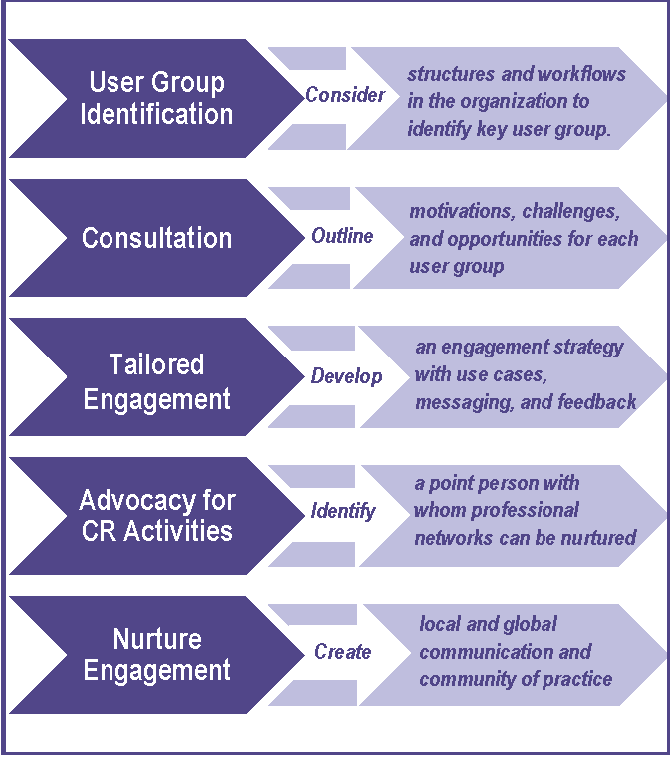Our days are filled with a wide range of collaborations. Be it playing a team sport, working in an office, or conducting research – we constantly collaborate with one another. These many collaborations are built upon an even wider range of individual contributions that ensure success. When collaborating, several factors might impact how we think about others’ contributions. For example, the amount of time spent on tasks, the type of contribution, and the quality of execution are among the leading factors that impact our satisfaction with others’ contributions. Once the work is complete, our experience of the collaborative process remains significant as the recognition of individual contributions comes into play, which could involve formal or informal praising, and/or monetary compensations, depending on the context.
From an ethical perspective, the way we act in, and think about collaborations demonstrate our values, virtues and principles. Our behavior in collaborative efforts shows how much we care about treating others fairly, how we think about justice in general or how grateful and respectful we are towards others’ abilities, talents and contributions.
Like all other collaboration types, academic collaborations are also prone to ethical issues, especially when it comes to recognizing contributions. Becoming co-authors of journal publications is the most common means of recognizing contributions in academia. However, with an increase of international collaborative research and an increase in the average number of authors per publication, ethical recognition of contributions in academic publications has become significantly more complicated. In the presence of more co-authors from different backgrounds and research areas conducting an array of completely different tasks, clarifying who should be an author and where in the byline each co-author should be listed becomes bewildering. In response, Mohammad Hosseini, Postdoctoral Scholar in the Department of Preventive Medicine, and Kristi Holmes, Professor of Preventive Medicine and Director of Galter Health Sciences Library, are leading the conceptual work to improve systems of academic recognition.
 By exploring Contributor Role Ontologies and Taxonomies (which provide standard lists of roles to recognize individual contributions to publications), their work aims to enhance transparency and consistency about the reporting of conducted tasks, improve fairer attribution of credit and responsibilities, and subsequently, better understand the roles and capacity needed to successfully complete work. In a recent article entitled “Evolution and Adoption of Contributor Role Ontologies and Taxonomies” published in the journal of Learned Publishing, an international team of experts led by Hosseini and Holmes offer suggestions to better acknowledge various contribution-types from different disciplines and improve adoption and integration of Contributor Role Ontologies and Taxonomies (Figure 1). Image at right: Figure 1: Strategies to improve user advocacy and adoption of Contributor Role Ontologies and Taxonomies.
By exploring Contributor Role Ontologies and Taxonomies (which provide standard lists of roles to recognize individual contributions to publications), their work aims to enhance transparency and consistency about the reporting of conducted tasks, improve fairer attribution of credit and responsibilities, and subsequently, better understand the roles and capacity needed to successfully complete work. In a recent article entitled “Evolution and Adoption of Contributor Role Ontologies and Taxonomies” published in the journal of Learned Publishing, an international team of experts led by Hosseini and Holmes offer suggestions to better acknowledge various contribution-types from different disciplines and improve adoption and integration of Contributor Role Ontologies and Taxonomies (Figure 1). Image at right: Figure 1: Strategies to improve user advocacy and adoption of Contributor Role Ontologies and Taxonomies.
These suggestions ensure that academic contributions are reflected accurately and ethically and that credit is given where credit is due. Incorporating contributor roles into the scholarly publication workflow can promote a more positive culture for team science and protect the integrity of research. This work fosters an inclusive environment and ultimately helps to recognize and sustain the range of interdisciplinary contributions required to drive modern collaborative research.
Learn more about the evolution and adoption of contributor role ontologies and taxonomies.
Updated: November 22, 2022